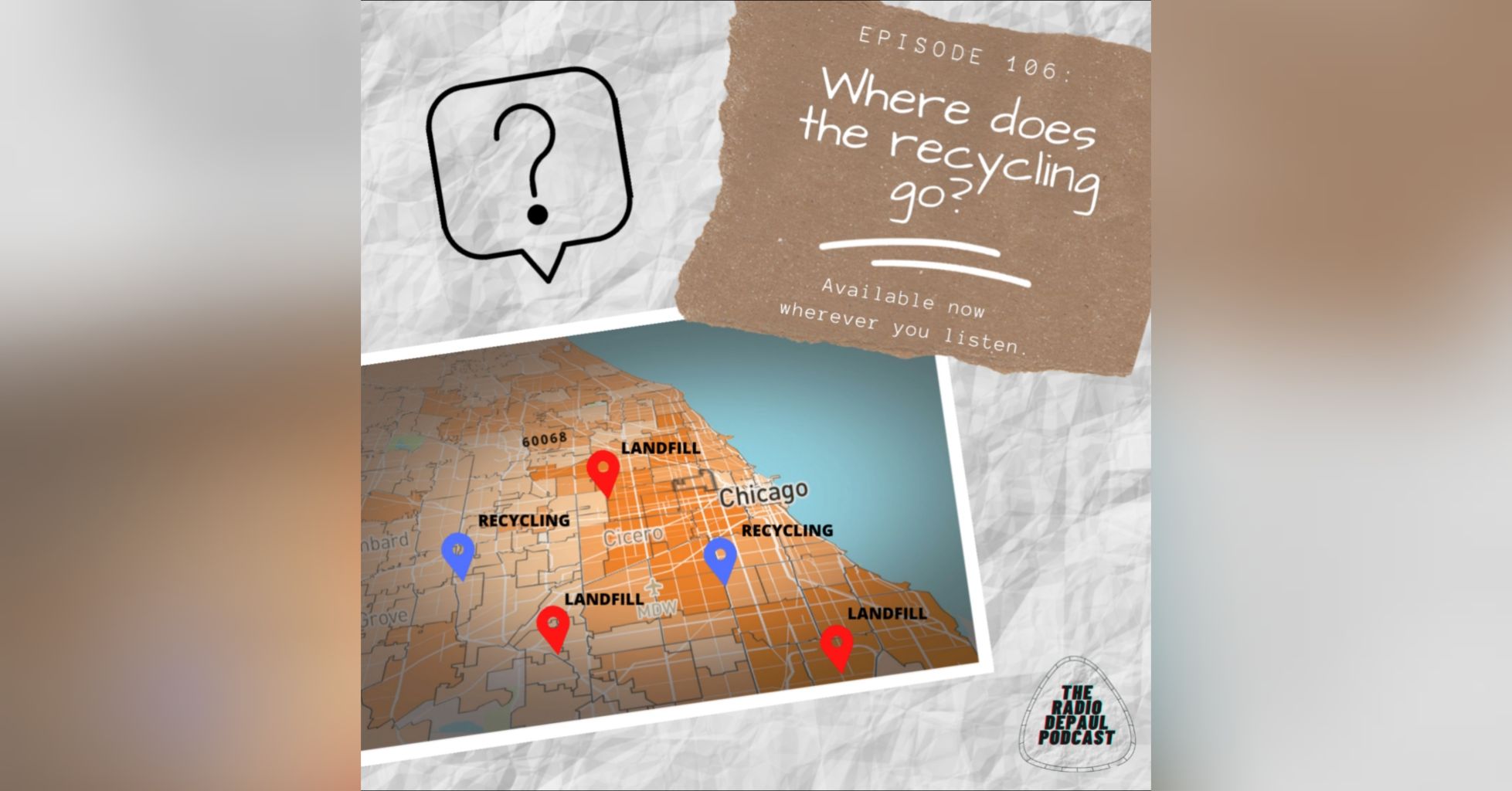In this Earth Day episode, Sonal takes a look at Chicago’s current recycling system. While there are tons of blue recycling bins across the city, where do their contents actually end up?
Chicago has the worst residential recycling rate in the country at nine percent, but it’s the third largest city in the nation. To find out why Chicagoans are falling behind other major cities when it comes to waste management, I spoke to Carter O’Brien, who is somewhat of an expert on all things recycling.
O’Brien is the Vice President of the Chicago Recycling Coalition and the sustainability officer at the Field Museum. He talked about the history of Chicago’s recycling system, from its inception to where it stands today. He also shared ways city residents can effectively help their surrounding environments.
When you recycle in Chicago, it may not end in a recycling center. In fact, there’s a good chance it will find its way to a landfill. Even if you dispose of your recycling properly, numerous factors contribute to where our waste ends up.
In 2018, the Better Government Association launched an investigation into the city’s recycling haulers. The investigation found that some providers were disposing bins at recycling centers while others were directing them to their own for profit landfills.
A lack of government oversight and enforcement has pushed Chicago to even more environmental problems than before. If landfills reach their capacity, there aren’t many options to dispose of our garbage.
Minimizing our personal waste output is a start, but it really only does so much. So how can Chicagoans make effective change when it comes to making our city more sustainable? O’Brien said there are a few ways residents can help their environment, starting with increased awareness and a collective effort to make sure our recycling is being disposed of properly.
